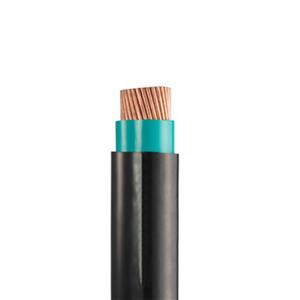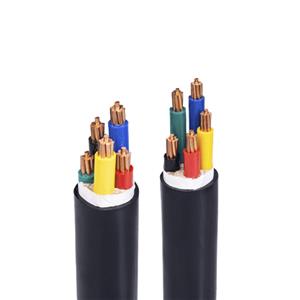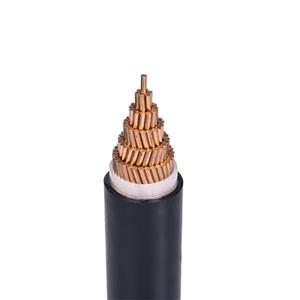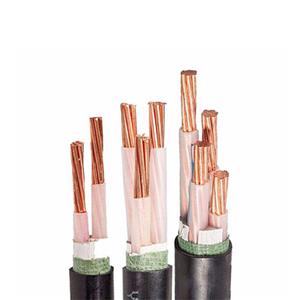What are the differences between flame retardant cables, low smoke halogen-free cables and fire-resistant cables?
1. The characteristic of flame-retardant cable is to delay the spread of flame along the cable so that the fire will not expand. Whether it is a single cable or laid in bundles, the spread of the flame can be controlled within a certain range when the cable burns. Therefore, major disasters caused by fire extension can be avoided, thereby improving the fire protection level of cable lines.
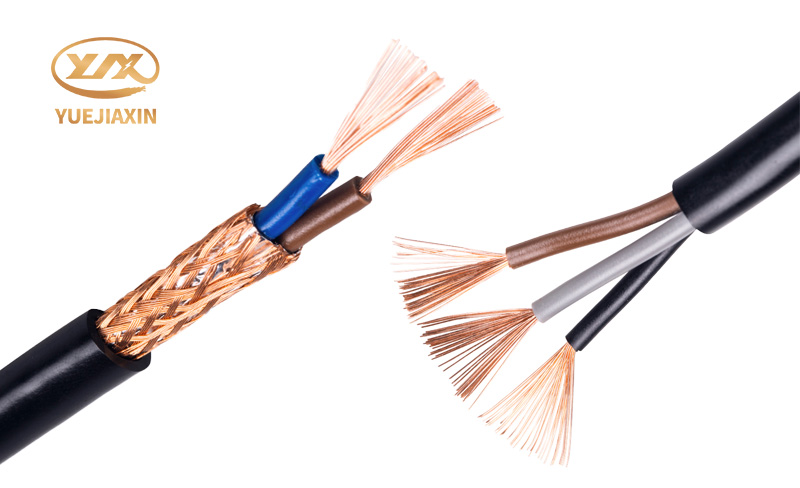
2. The characteristics of halogen-free low-smoke flame-retardant cables are that they not only have good flame-retardant properties, but also the materials that make up low-smoke halogen-free cables do not contain halogens. They are less corrosive and toxic when burned and produce a very small amount of smoke, thereby reducing It prevents damage to people, instruments, and equipment, and is conducive to timely rescue in the event of fire. It has good flame retardancy, corrosion resistance, and very low smoke concentration.
3. Fire-resistant cables can maintain normal operation for a certain period of time and maintain the integrity of the line under flame burning conditions. Fire-resistant cables produce less acid gas smoke when burning, and their fire-resistant and flame-retardant properties are greatly improved. Especially when burning, accompanied by water sprays and mechanical strikes, the cables can still maintain complete operation of the line.
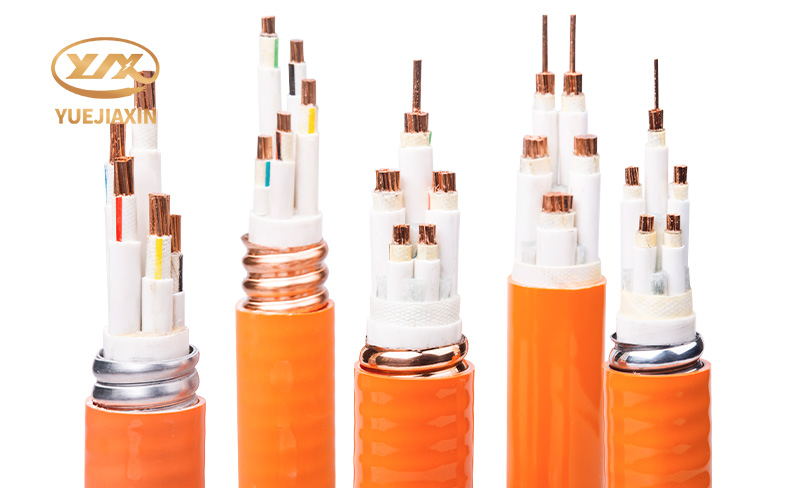
Some designers are unclear about the concepts of flame-retardant cables and fire-resistant cables, and do not have a clear understanding of their structures and characteristics, resulting in the inability to correctly select these two cables according to power supply requirements.
- PVC-Insulated Cable
- 450/750V BV Single- Core Cu/PVC Cable
- 450/750V BVR Single- Core Cu/PVC Cable
- 300/500V Or 450/750V RV Single-Core Cu/PVC Flexible Cable
- 300/500V Or 450/750V RVV Multi-Core Cu/PVC/PVC Flexible Black Cable
- 300/500V Or 450/750V RVV Multi-Core Cu/PVC/PVC Flexible White Cable
- 300/500V Or 450/750V RVVP Multi-Core Cu/PVC/CWS/PVC Screened Flexible Cable
- 450/750V KVV Multi-Core Cu/PVC/PVC Control Cable
- 450/750V KVV22 Multi-Core Cu/PVC/STA/PVC Armoured Control Cable
- 450/750V KVVP Multi-Core Cu/PVC/CWS/PVC Screened Control Cable
- 450/750V KVVP2-22 Multi-Core Cu/PVC/CTS/STA/PVC Screened Armoured Control Cable
- 0.6/1KV PVC-Insulated PVC-sheathed Single-Core Power Cable
- 0.6/1KV PVC-Insulated PVC-sheathed Multi-Core Power Cable

